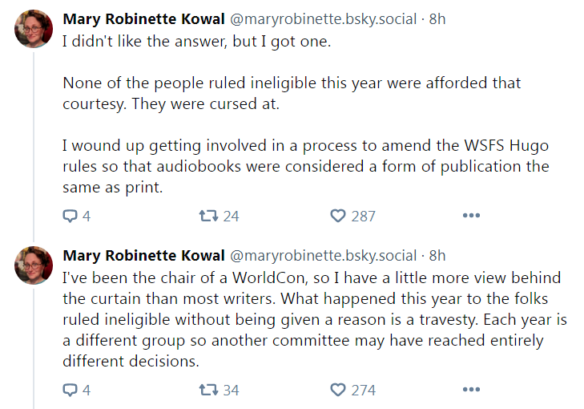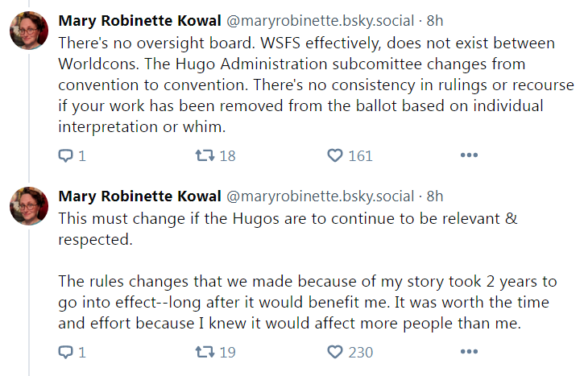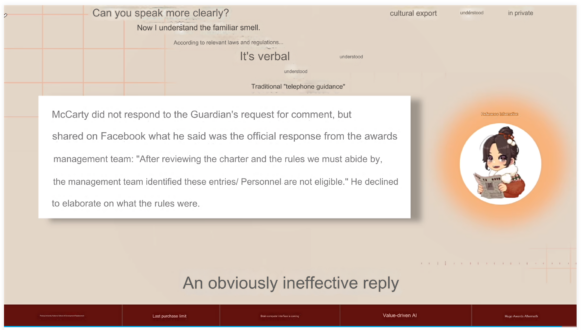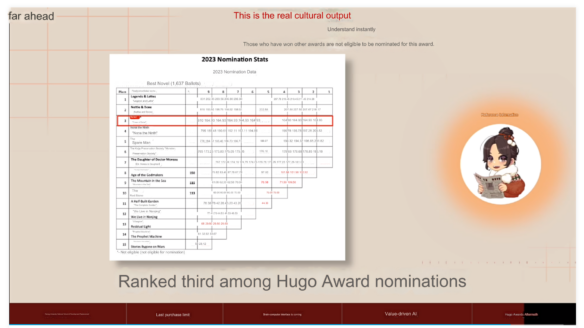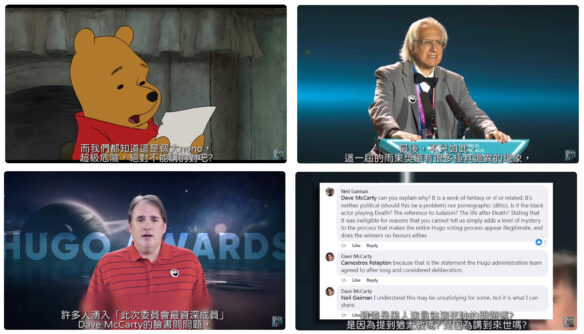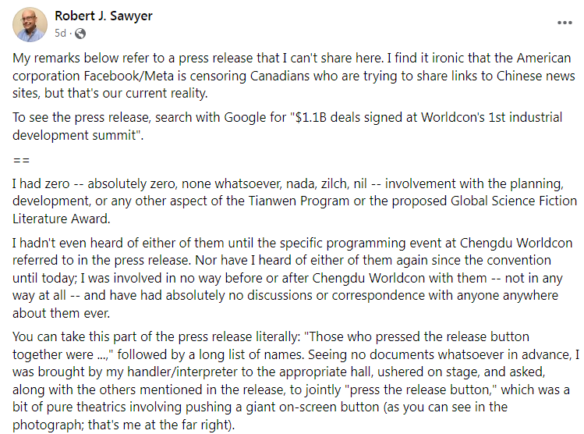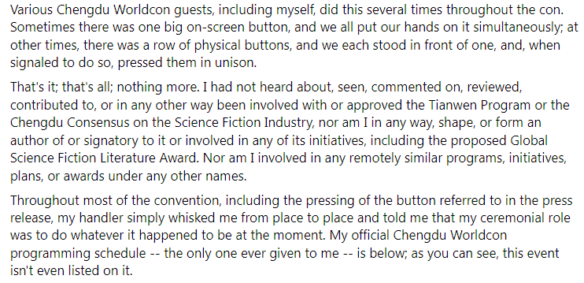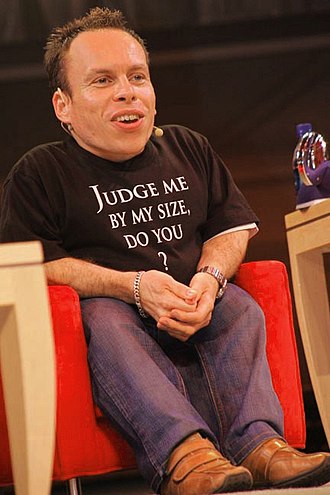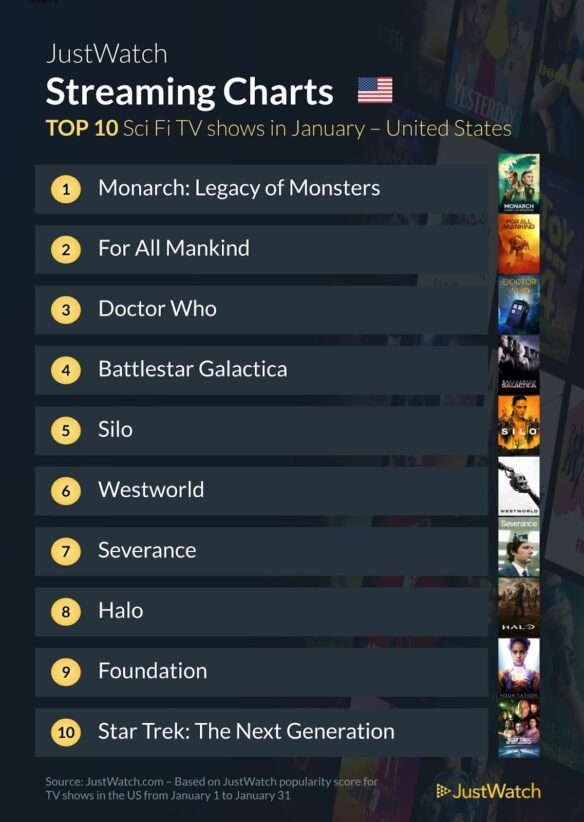(1) GENESIS OF SF ANTHOLOGIES. A Deep Look by Dave Hook turns its attention to “The First SF Reprint Anthology – ‘The Pocket Book of Science-Fiction’, Donald A. Wollheim editor, 1943 Pocket Books”.
…The Pocket Book of Science-Fiction was the first anthology of reprinted science fiction. Another important aspect of this anthology is that it was the first one with “science fiction” in the title.
Finally, it was probably the first paperback of science fiction. After first publication in hardback in 1933, Lost Horizon by James Hilton was published in paperback in 1939 by Pocket Books. I have not read it, but what I found suggested that it is probably more fantasy than SF. I could be wrong.
R. D. Mullen makes a great case for the importance of paperbacks to science fiction in Science Fiction Studies Volume 1, No. 3, Spring 1974 in essay “AN INDEX TO AMERICAN MASS-MARKET PAPERBACKS”…
… On this basis, I believe that The Pocket Book of Science-Fiction was important both for what it was and as a harbinger of easier access to SF by more people….
(2) HOW MICHAEL WHELAN GOT HIS START. [Item by Bruce D. Arthurs.] Michael Whelan writes interestingly about how he broke into professional illustration, along with pics of some of his early book covers. “1975: Year in Review”.
Ever since I can remember, it seemed natural to draw things that interested me. I just did it. I wasn’t aware of wanting to be an artist until the concept of a career impinged on my mind, but in any case I never thought of it as a serious option until my third year in college.
I had grown to think that I had to be something professional, and since I’d always had an interest in human anatomy, I was intending to become a doctor. In college I was able to separate what I wanted to do from what I thought was expected of me, and in the latter half of my junior year I changed my major to art.
After graduating from San Jose State University, I attended The Art Center College of Design in Los Angeles. I enrolled hoping to acquire some mysterious quality of refinement I felt was lacking in my work.
I knew it would be a big mistake to attempt to find my first commission with anything less than professional-level work in my portfolio…
The rest of Whelan’s article tells why he was more surprised than anyone when sf publishers said his work made the grade.
(3) NOT HIS BEST VINTAGE. Jason Sanford’s latest Genre Grapevine devotes a long passage to justifying Erin Cairns’ disproven complaints against Oghenechovwe Donald Ekpeki, in the process shading File 770’s post “Two Accusations Against Ekpeki Disproved”. Sanford refuses to account for the critical fact that Cairns made up two of the worst accusations in her “ODE Ethics Report”.
First, when Erin Cairns claimed that Ekpeki had left her name off the byline when submitting their co-authored story, she merely assumed that must have happened because it was a way she could make sense of how Ekpeki was responding to her, and how she was being ignored by the magazine’s editors. She didn’t know whether that had actually occurred when she made the claim. It wasn’t true. Her name was on the byline of the cover letter and the manuscript. I’ve seen the magazine’s archived copies.
Second, Cairns, a white woman, was distressed because she was under the impression the publication their story was submitted to was a “Black voices magazine”. Cairns emailed the magazine about her concerns and received no answer from them. Therefore, in her report she represented her belief about the magazine’s policy as a fact. It wasn’t a fact. Through contact with an editor of the magazine involved File 770 learned that it was not inappropriate for Cairns’ co-authored story to be submitted to the magazine, which has published a white author in the past.
Jason Sanford had exactly the same opportunity as File 770 to fact-check Cairns’ story. He did not choose to do it, instead devoting the Genre Grapevine for September/October 2024 to a Queeg-like exercise of geometric logic denying Ekpeki’s self-defense:
…In Ekpeki’s response, he essentially says the story was co-written by both of them and he submitted it without her name due to “miscommunication and misunderstandings and assumptions on both sides from two people in not great situations.” Ekpeki also says all the claims Cairns made were incorrect.
However, his argument doesn’t hold up for me. I see it as semantics and legalese, trying to rationalize away what happened. For example, Ekpeki said in his report that “As for her name not being on the bi-line, even if that were true (which it isn’t), it would not be theft, or even an attempt at theft, just an oversight, unless there was an intention to eventually publish it without her name on the bi-line.” And he then says that the magazine he submitted the story to wasn’t a Black voices publication because the magazine “caters to Africans and African diasporans. So there was no malfeasance there. She was eligible to be on the mag.”
That claim is absolutely wrong. As a white person born in South Africa, Cairns specifically said she wasn’t eligible to submit works to the magazine….
Sanford rejected Ekpeki’s statement that her name was on the byline. Yet it was. And about the magazine not being a “Black voices publication”, how did Sanford establish that claim was “absolutely wrong”? By the circular process of referring back to Cairns’ report. Not by pursuing third-party verification, through which he could have learned that it is Cairns’ claim that was wrong.
(4) MOONFALL. Slashfilm discovers there’s a new record-holder for “The Least Scientifically-Accurate Sci-Fi Movie, According To Neil deGrasse Tyson”.
Know that when celebrated astrophysicist Neil deGrasse Tyson nitpicks the bad science commonly encountered in mainstream Hollywood blockbusters, he’s not trying to spoil anyone’s fun. He’s just being a nerd, and I think we can all respect that. There’s nothing shameful about possessing a lot of scientific knowledge, and pointing out the physics and astronomical errors in a movie can only, one might hope, encourage filmmakers to be more accurate next time….
… There are a few movies, however, that would strain the credulity of anyone. Michael Bay’s 1998 thriller “Armageddon,” for instance, is about a team of oil drillers and astronauts who fly to an oncoming comet to blow it up. On a 2024 episode of “The Jess Cagle Show,” Tyson pointed out several reasons why blowing up a potentially lethal comet is a bad idea. In fact, he once felt that “Armageddon” was the most brazenly unscientific sci-fi film ever made.
But “Armageddon” was recently supplanted by an even stupider movie. Tyson has some harsh words for Roland Emmerich’s 2022 mega-dud “Moonfall.”…
“It was a pandemic film […] — you know, Halle Berry — and the moon is approaching Earth, and they learned that it’s hollow. And there’s a moon being made out of rocks living inside of it. And the Apollo missions were to visit and feed the moon being.* And I … And I just couldn’t … I thought ‘Armageddon’ had a secure hold on this crown. But apparently not.”…
(5) TEDDY HARVIA CARTOON.

(6) MEMORY LANE.
[Written by Paul Weimer.]
Batman movie (1966)
By Paul Weimer: Batman 1966 film, or some days you just can’t get rid of a bomb.
The Batman movie was, for me, just a long two-part episode of the Batman 1960’s TV series. I didn’t even know for years that it was meant to be a movie, I just thought it was a long episode of the second superhero show I remember watching. (The first is another story entirely).
Come back me to the days of the 1970’s and endless reruns. Among the reruns on Channel 5 (I swear, by the time I finish doing these anniversaries, you filers will know every nuance of TV in NYC in the 70’s and 80’s) was the 1960’s Batman TV show. I’ll save my thoughts about the entire show for another day.
Today we’re talking about the movie. It’s the classic set up, have several supervillains (Catwoman, Penguin, Joker, and Riddler) team up for their greatest plot yet, which Batman and Robin must foil. Sadly, Julie Newmar was unable to play Catwoman for the movie, and instead fell on Lee Meriweather. I’m sorry, but Lee is a distant third behind Newmar and the last Catwoman, Eartha Kitt, in my book. She’s not bad, but she doesn’t quite inhabit the role as the other two actresses do.
The plot is silly but the movie has a lot of the extra tropes and gadgets that people associate with the entire series but were only in this movie or were much more prominent in this movie. The Batboat. Bat Shark repellent. Batcycle. Batcopter. Catwoman with a secret identity. Someone figures out a way into the Batcave! Lots of silly fights and chases.
And of course, the bomb. In trying to save some civilians, we are treated with Batman carrying a preposterous large bomb with a fuse, unable to dispose of it safely. He becomes so exasperated by this that he utters the memorable line “some days you just can’t get rid of a bomb.”
The movie itself is not a bomb. Sure, Batman is a very different character these days. But the movie is pure fun, and it never takes itself too seriously, not even in the denouement.

(7) TODAY’S BIRTHDAY.
[Written by Cat Eldridge.]
January 12, 1980 — Kameron Hurley, 45.
So I’ve been re-listening to Kameron Hurley’s space opera The Stars are Legion as I write this Birthday essay. A most excellent story indeed.
Her time travel novel which I listened to recently, The Light Brigade, is one the best works in that sub-genre I’ve encountered. It was nominated for a Hugo at CoNZealand.
Her first novel which I need someday to listen to (if it’s in audiobook format) is the start of her matriarchal Islam culture Bel Dame Apocrypha biopunk trilogy. Her term, not mine.
The Worldbreaker trilogy which begins with The Mirror Empire I find delightful with its merging of hard SF underpinned by magic in a space opera setting. Now that shouldn’t work, should it? Really. But it magnificently does.
And let’s talk about her non-fiction. The Geek Feminist Revolution which garnered a BFA is a collection of previously published blog posts and none news essays written for here. One of the first, “We Have Always Fought’: Challenging the ‘Women, Cattle and Slaves’ Narrative” got a Hugo for Best Related Work at Loncon 3, and she also won a Hugo for Best Fan Writer.
Her exemplary short stories have been collected so far in Meet in The Future and Future Artifacts. Meet in The Future was nominated for an Otherwise Award.
Of course, everything she’s written is available from the usual suspects.

(8) COMICS SECTION.
- Lio tries to be a good neighbor.
- Off the Mark shows what cats are doing with Zoom.
- Speed Bump reveals a surprising thing about a dog’s space suit that you probably don’t want to know.
- Tom Gauld hypothesizes about why she’s a Sleeping Beauty.
- Tom Gauld wonders how to tell the difference between this trio.
(9) WARWICK DAVIS TO BE HONORED BY BAFTA. “Warwick Davis to Receive BAFTA Fellowship” – Variety has the story.
Warwick Davis, the British star best known for his appearances in the “Star Wars” and “Harry Potter” franchises, is to be awarded the British Academy’s highest honor, the BAFTA Fellowship.
Recognizing those who have made an outstanding and exceptional contribution to film, games or television, the honor will be presented at the BAFTA film awards on Feb. 16….
(10) TODAY’S THING TO WORRY ABOUT. The Week has learned “Florida condos sinking at ‘unexpected’ rates”.
For as long as humans have endeavored to build upwards toward the sky, they have also been forced to contend with inexorable laws of nature — ones that are not always so accommodating to our species’ vertical endeavors. In the modern era, that tension is perhaps best exemplified in Florida, where coastal erosion, sinkholes, and other environmental factors have become a constant challenge in the march toward upward construction.
Nearly three dozen structures along Florida’s southern coast sank an “unexpected” amount between 2016 and 2023, according to a report released this month by researchers at the University of Miami’s Rosenstiel School of Marine, Atmospheric, and Earth Science. All told, “35 buildings along the Miami Beach to Sunny Isles Beach coastline are experiencing subsidence, a process where the ground sinks or settles,” the school said in a press release announcing the results of its research. Although it’s generally understood that buildings can experience subsidence “up to several tens of centimeters during and immediately after construction,” this latest study shows that the process can “persist for many years.” What do these new findings mean for Miami-area residents, and our understanding of how to build bigger, safer buildings in general?…
(11) THE BULGE FINALLY CAPTURED. Live Science posted “Space photo of the week: The tilted spiral galaxy that took Hubble 23 years to capture”. See the image at the link.
Why it’s so special: This image of a spiral galaxy taken by the Hubble Space Telescope is a portrait more than two decades in the making.
Like most full-color images of space objects, it’s a composite of images taken in different wavelengths of light. What sets this image apart, however, is that the data used to create it was collected during observation sessions in 2000 and 2023 — 23 years apart. That’s one advantage of having a space telescope in orbit for so long: Hubble was launched from the space shuttle Discovery on April 24, 1990, and its long service has enabled it to capture a huge amount of data about every corner of the cosmos.
But besides the prolonged methods used to create it, it’s also an unusual image on its face. Spiral galaxies — which account for about 60% of all galaxies in the universe, according to the European Space Agency — are, by chance, typically seen face-on when viewed from the solar system. That’s why spiral galaxies are typically associated with vivid spiral arms, which can only be seen from a face-on vantage. However, UGC 10043 is viewed edge-on, with its rings seemingly flattened into a line. This unique angle gives astronomers the chance to see how spiral galaxies are structured in 3D.
(12) HI-TECH PERCH. [Item by Mike Kennedy.] Ars Technica finds“Three bizarre home devices and a couple good things at CES 2025”. See the cat tower/air purifier at the end of this article. Gloriously free of AI.
This cat tower is also an air purifier; it is also good
There are a lot of phones out there that need charging and a bunch of gamers who, for some reason, need even more controllers and screens to play on. But there is another, eternally underserved market getting some attention at CES: cats wanting to sit.
LG, which primarily concerned itself with stuffing generative AI interfaces into every other device at CES 2025, crafted something that feels like a real old-time trade show gimmick. There is no guarantee that your cat will use the AeroCat Tower; some cats may just sit inside the cardboard box it came in out of spite. But should they deign to luxuriate on it, the AeroCat will provide gentle heat beneath them, weigh them, and give you a record of their sleep habits. Also, it purifies the air in that room….

[Thanks to Teddy Harvia, Mike Kennedy, Andrew Porter, Paul Weimer, Bruce D. Arthurs, John King Tarpinian, Chris Barkley, Cat Eldridge, SF Concatenation’s Jonathan Cowie, Steven French, and Kathy Sullivan for some of these stories. Title credit belongs to File 770 contributing editor of the day Mark Roth-Whitworth.]

